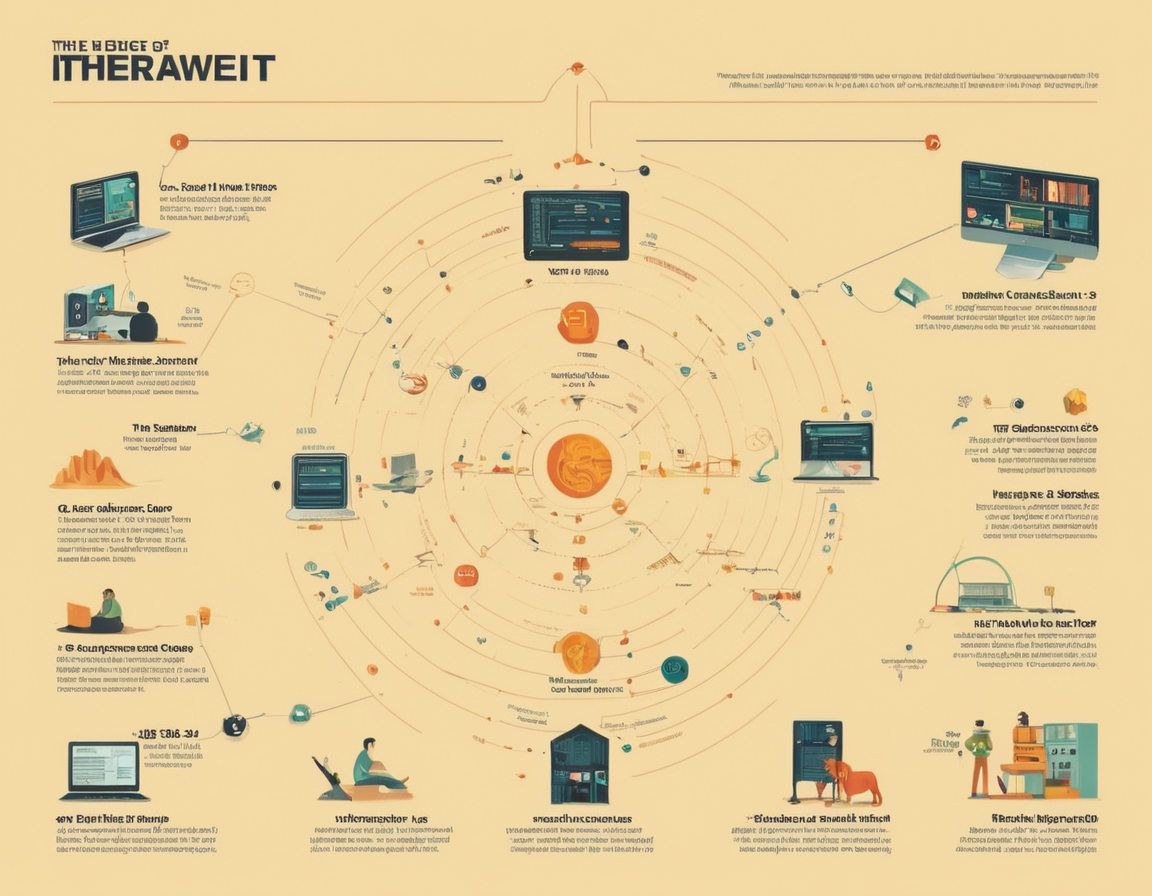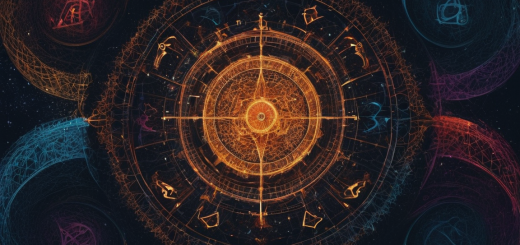Embracing Digital Evolution: Unpacking the Wikipedia Article on Web3
The Dawn of Web3: A Closer Look
The digital landscape is on the brink of a significant transformation with the advent of Web3. This term has been buzzing throughout the tech industry, symbolizing a new era of the internet. Web3, short for the third generation of the web, promises to deliver a decentralized online ecosystem founded on blockchain technology. But what does this mean, and how does it impact our digital interactions? Let’s dive into the essence of Web3 as described on its Wikipedia page.
Defining Web3
Web3 is often touted as the future of the internet, where users gain unprecedented control over their data, discover new levels of privacy, and interact in innovative ways. The hallmark of Web3 is its reliance on decentralized networks, typically powered by blockchain technology, which allows for a more democratic and user-centric online experience.

The Evolution from Web1 to Web3
To appreciate the revolutionary nature of Web3 fully, it’s crucial to understand its predecessors. Web1, the internet’s first stage, was mainly read-only, with limited user interaction. Web2 brought about user-generated content, increased interactivity, and the rise of social media, paving the way for tech giants to harvest mass data. Conversely, Web3 intends to dismantle these centralized structures, giving the power back to users through decentralization.
The Technology Behind Web3
At Web3’s core is blockchain, a distributed ledger technology that maintains a secure and immutable record of transactions. This technology is also the foundation of cryptocurrencies and smart contracts, enabling trustless and transparent interactions without the need for intermediaries.
Potential Impacts of Web3
The implications of Web3 are far-reaching. It could reshape the internet economy, personal data sovereignty, digital identities, and the creation and distribution of content. Decentralized applications (DApps) are expected to disrupt traditional online services, including finance, social media, and e-commerce.
Challenges and Criticisms
Despite its potential, Web3 faces skepticism and challenges, ranging from scaling issues to regulatory hurdles. Critics argue that the transition to a decentralized web might not be as seamless as proponents suggest, highlighting concerns over user experience, governance, and the digital divide.
Conclusion
The Wikipedia article on Web3 provides a comprehensive understanding of this new internet era. While Web3 holds enormous promise, its actualization depends on overcoming technical, societal, and regulatory challenges. The journey to a fully realized Web3 is still underway, but one thing is certain: the future of the internet is being rewritten.

Interested in keeping up with Web3 developments? Stay tuned for more articles and engage with us in the comments below!






